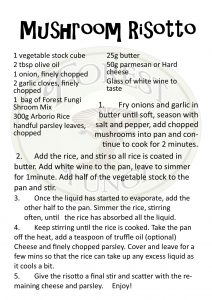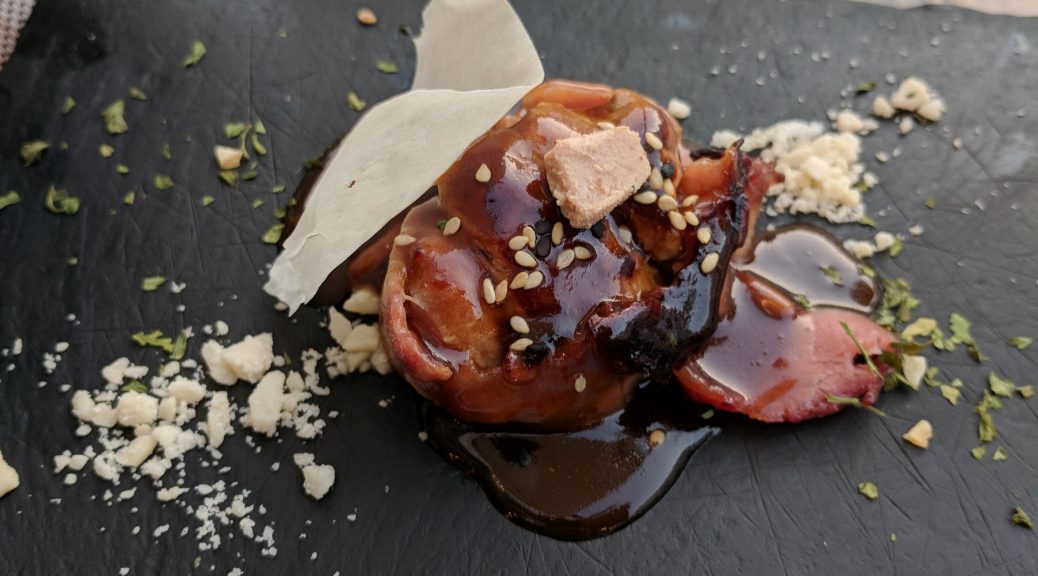
Beeswax Wraps – reusable kitchen wraps: Review
I am always on the lookout for ways to reduce the amount of single use plastics that pass through my kitchen, so when I learned about beeswax wraps I was keen to try them out. The Beeswax Wrap Co. claim that the wraps are all natural and totally biodegradable, being made using organic cotton, and a blend of beeswax, jojoba oil and pine resin. Each wrap should have a life span of about a year if cared for properly.
First Impressions
There are a variety of different packs available, ranging from £10-60 in price. I chose the large kitchen pack which, for £30, contains 2 small wraps, 2 medium wraps and 1 large wrap. Upon receiving the pack the first impressions were good. The packaging is entirely recycled cardboard, and the brown paper envelope opens up into a reusable bag. Straight away it is clear that thought has been put in to preventing any waste. The wraps themselves are visually striking. To the touch they feel robust and tacky, giving confidence that they will stick and seal. My only reservation at first glance was with the small wraps which seemed too small to be useful.
Testing
I needn’t have worried however. The small wraps are perfect for covering small bowls, and wrapping half-finished bits of fruit and veg. With two small children, these are common tasks for tin foil or cling film in my house. I have had at least one of the small wraps in use at all times since opening the pack.
The medium wraps have had a little less use but are equally useful. They are large enough to wrap sandwiches and so perfect for picnics and packed lunches. They would also be ideal for wrapping pieces of cheese or covering larger containers.
The large wrap is also fantastic. It is big enough to wrap up a small loaf of bread (a larger, bread wrap is also available) but also proved useful when baking. Rather than using cling film when proving the dough, the large wrap is perfect for covering the dough.
All of the wraps are really easy to use. The warmth of your hands softens the wax, allowing you to effortlessly shape the wrap around whatever you are covering. They then stick easily to themselves, creating a seal around the food. Once left alone, the wax cools, holding the wrap in place.
Conclusions
Overall I think this is an excellent product. In fact my only complaint is that the patterns on the wraps could have been used to help identify which size of wrap is which. It doesn’t take long to figure out, but being able to judge it at a glance would be a small improvement.
While I may still need to use tin foil for some tasks (the wraps are not oven safe), Beeswax wraps almost completely eliminate the need for cling film and sandwich bags. They are pleasant to use, easy to clean and require very little care to maintain them (all the information needed to do so can be found on the Beeswax Wraps Co. website). If you are looking for ways to reduce the plastic in your kitchen, or just want a convenient way to cover up leftovers, then this is a must have product.














